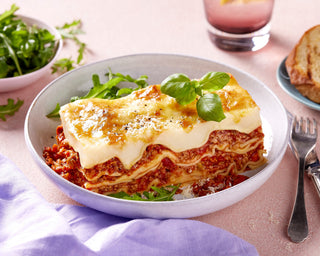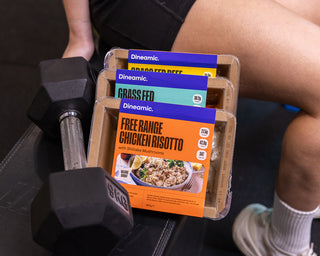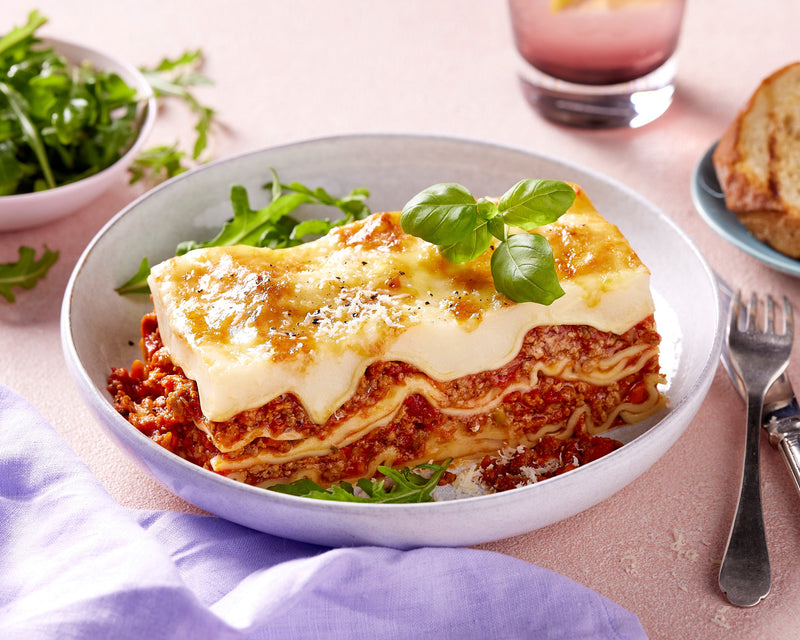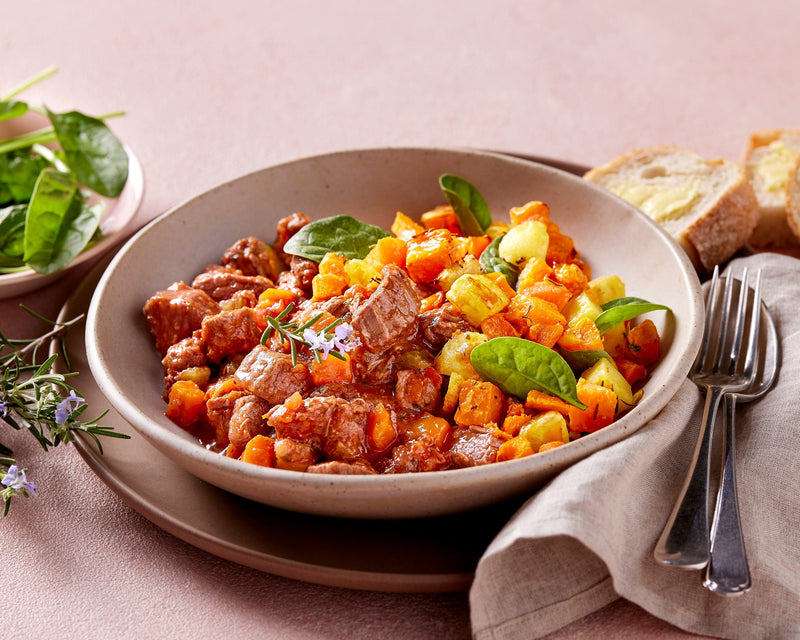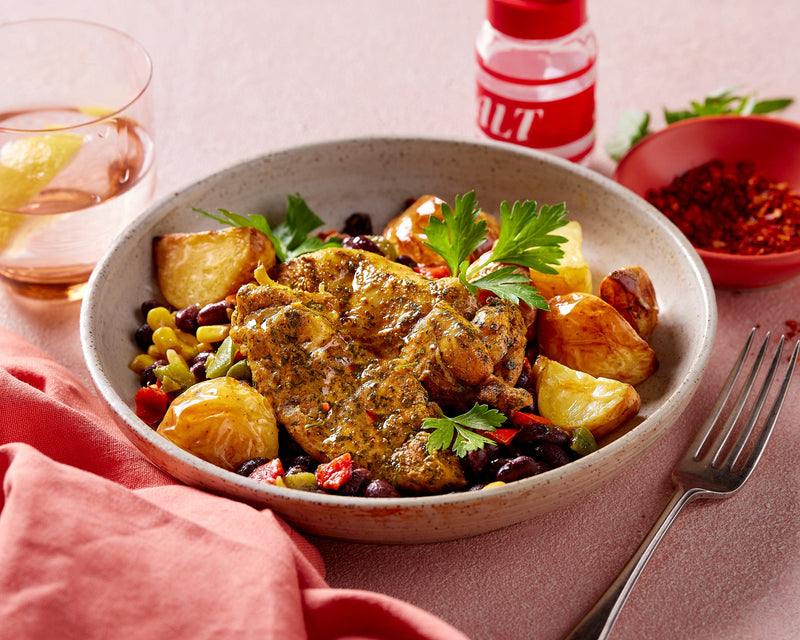When you think of salt, do you picture that salty feeling on your lips after a dip in the ocean, greasy fingers from fish and chips, or maybe the thing you crave after a big night out?
If you’re a nutritionist, the first thing that comes to mind is likely heart health, nowhere near as fun, but incredibly important!
Why Do We Need Salt?
Salt provides important electrolytes that help with muscle contractions, nerve transmission, and fluid balance. The thing is, our bodies only need about 1–2 grams of salt per day to function well.
Salt is made from sodium and chloride, but it’s sodium that can be damaging in high amounts. That’s why being mindful of how much we consume matters.
What Happens When We Have Too Much?
The average Australian eats double the recommended daily limit of salt (about 5g of salt or 2000mg of sodium). That’s a little over a teaspoon. This can raise blood pressure, which is a major risk factor for heart disease. High sodium intake is also linked to kidney disease, stroke, fluid retention, and osteoporosis.
Where the Hidden Salt Lives
Most of the salt we eat comes from processed and packaged foods. Bread, cereals, crackers, cheese, sauces, and even some sweet biscuits can be surprisingly high in sodium.
For example:
-
A small bowl of cornflakes can have as much salt as a small packet of chips.
-
Some sweet biscuits can contain more sodium than savoury crackers.
Easy Ways to Cut Back on Salt
You don’t need to become the salt police to improve your intake. Small swaps can make a big difference:
-
Use herbs and spices instead of salt in cooking.
-
Choose fresh produce over processed foods.
-
Swap to cheeses like mozzarella, ricotta, cottage, or Swiss.
-
Keep the salt shaker off the table.
-
Pick plain crackers and unsalted nuts.
-
Read labels and aim for foods with less than 120mg sodium per 100g (low) or less than 400mg per 100g (moderate).
-
Make your own sauces and dressings.
-
Cook at home more often. Takeaway meals are often high in salt.
Low Salt Doesn’t Mean Low Flavour
Your taste buds adjust to less salt in just a few weeks. Many cuisines build flavour through herbs, spices, citrus, and other natural ingredients.
The Power of Herbs and Spices
Herbs and spices do more than taste great, they can also benefit your health.
-
Sage may support brain function and memory.
-
Peppermint can help ease nausea and IBS discomfort.
-
Cinnamon has antioxidant properties and may help manage blood sugar and cholesterol.
-
Ginger can reduce nausea and fight inflammation.
The Bottom Line
Salt is essential in small amounts, but too much can have serious health impacts. By choosing fresh, flavour-packed meals made with herbs, spices, and quality ingredients, you can enjoy delicious food while keeping your sodium intake in check. At Dineamic, we keep the flavour high and the sodium in check, so you can eat well, feel good, and look after your heart health without missing out on taste.


